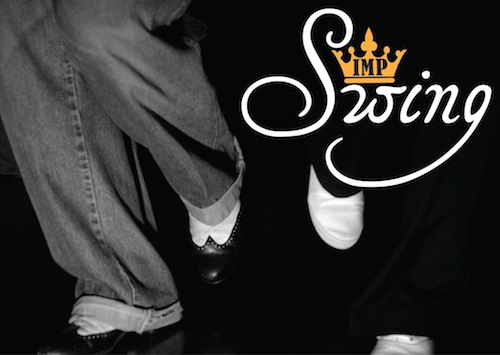I’ve recently started getting into board games and I’ve become obsessed with the excellent review site Shut Up & Sit Down. In one of their podcasts (I can’t remember which one) they talked about an interview with video game designer Sid Meier. He was asked “which comes first: the theme or the mechanics?”
It’s a good question. Games seem to work well when the theme and mechanics complement and reinforce each other, but this must be a hard balance to strike.
His answer was something along the lines of this: first you pick a topic that you enjoy (mediaeval sieges, competitive winemaking, beehive management), then you identify what’s fun about it, and base your mechanics on that.
So what’s a topic I enjoy?
I spend quite a lot of time dancing to Swing and Hot Jazz from the 20’s and 30s. The solo dance form to that music is variously referred to as Solo Jazz, Jazz Roots, Solo Charleston or Authentic jazz.
Sometimes it’s just social, sometimes it’s for formal or informal competition. You can dance it on your own, simultaneously with other people, or one at a time showing off in a jam.
But my favourite form is one-on-one, face-to face: trading one phrase at a time – showing your own ideas about the music but also taking what the other guy did and improving on it: duplicate and elaborate.
…which I realised a few days ago sounds like a pretty interesting concept for a game.
If I took what is fun about solo jazz dancing, and expressed that in terms of game mechanics: what would that look like?

